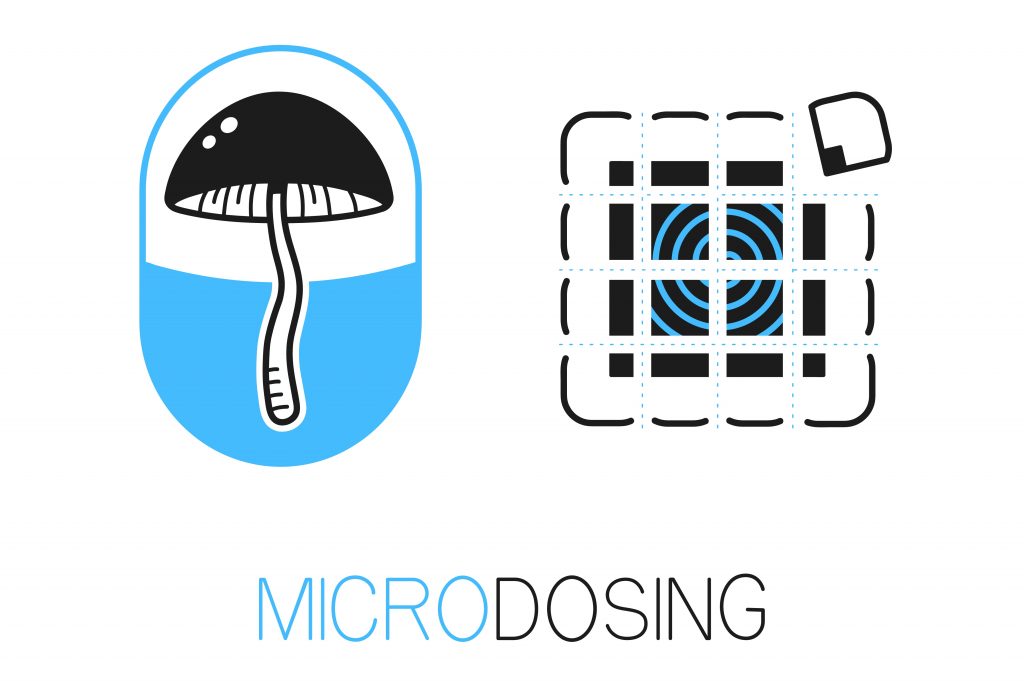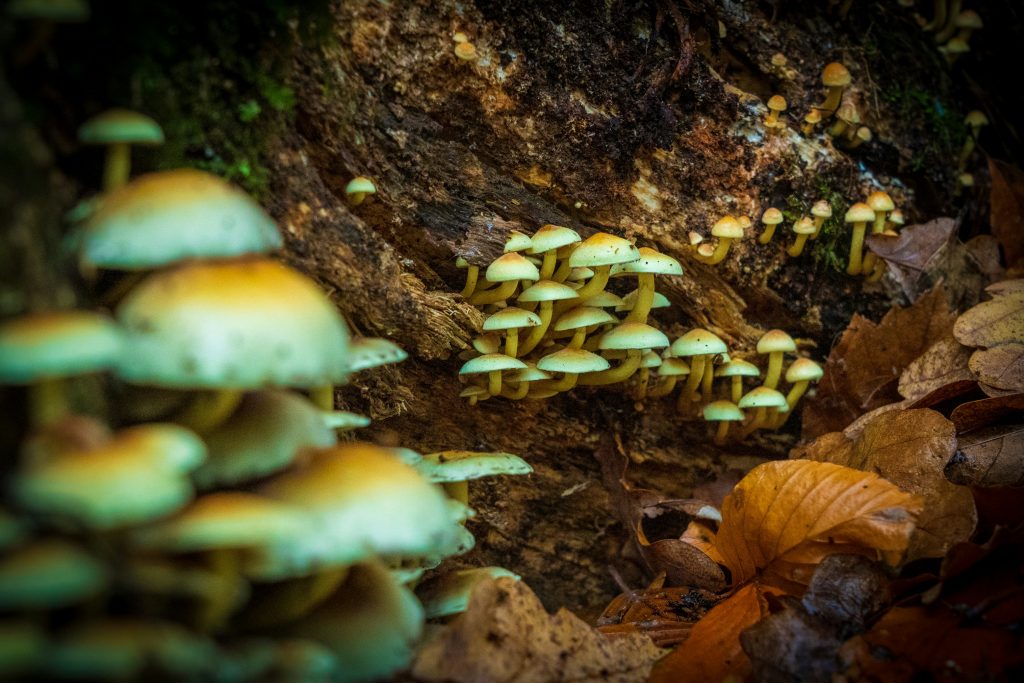Psychedelics in analysis, very like the flower youngster, was frequent within the Sixties. After a decline, partly pushed by stricter laws (Fowl, 2019), the final twenty years has seen a resurgence of analysis within the subject (Fowl, 2019), in addition to leisure use of psychedelics (Livne et al. 2022). Together with different leisure medicine like ketamine (Jiang, 2021), psychedelics are being more and more examined for his or her potential therapeutic worth (Rucker et al., 2016). Proof means that in such environments, the chance to contributors has been minimal (Schlag et al., 2022). In medical trials, some teams of individuals are typically excluded on account of security issues, and this typically contains people with a genetic threat for psychosis or bipolar dysfunction (Johnson et al., 2008).
Nevertheless, a managed trial with security protocols, ethics assessment boards, and healthcare suppliers, may be very completely different from leisure use. Regardless of this, there’s a rising curiosity in younger folks within the thought of “micro-dosing”. Micro-dosing is the administration of sub-hallucinogenic doses of psychedelic medicine to self-treat psychological issues (Cameron et al., 2020) or just to enhance every day functioning (temper, cognition, focus, creativity and so on).
On this context, a extra complete understanding of the implications of psychedelic makes use of in such naturalistic settings is essential. That is what Simonsson et al., (2024) got down to study. Utilizing twin knowledge, they explored the affiliation between psychedelic use and psychotic or manic signs. Additionally they carried out a co-twin examine evaluating monozygotic twins’ use of psychedelics and psychotic/manic signs. This design permits researchers to take away familial confounding. Lastly, they examined the interplay between genetic threat for psychotic/bipolar dysfunction and psychedelics, on charges of reported psychotic/manic signs.

There’s a rising curiosity in “micro-dosing” so there may be an pressing want for psychedelics to be examined in naturalistic settings to evaluate potential threat.
Strategies
The Baby and Adolescent Twin Research in Sweden (CATSS), is a sturdy longitudinal dataset, with knowledge on 17,220 twins at baseline (Anckarsäter et al., 2011). 16,255 twins have been used for this examine, and all measures have been collected at one-time level, making this a cross-sectional examine.
Self-reported psychedelic drug use, particularly lysergic acid diethylamide (LSD) or psilocybin, was assessed as a binary rating (i.e., sure/no earlier lifetime use). Different self-reported drug use was recorded for alcohol, tobacco, hashish, stimulants, sedatives, opioids, inhalants, and efficiency enhancers. Psychotic and manic signs have been assessed utilizing steady self-report measures, the Adolescent Psychotic-like Symptom Screener (APSS) (Kelleher et al., 2011), and the Baby Mania Score Scale Transient Model (Henry et al., 2008). Genetic threat was calculated utilizing polygenic threat scores (you may learn extra about polygenic threat scores in different Psychological Elf blogs together with Hagenberg 2024, Aruldass 2024, Donnelly 2024).
All evaluation used linear regression fashions. Two ranges of adjustment have been carried out. First, fashions have been adjusted for intercourse solely. The second adjustment included intercourse and different drug use.
Drug use was examined utilizing two definitions:
Substance-specific drug use: Adjusting the mannequin for every particular person substance used.
Substance-aggregate drug use: Combination scores of drug use, together with one for tobacco/alcohol, and a second scale for hashish, stimulants, opioids or inhalants.
Outcomes
Of the 16,255 contributors, 541 reported earlier psychedelic use. Of those 541, solely 6 reported no previous use of different medicine. This itself is an fascinating discovering in regards to the excessive frequency (99.45%) of polysubstance use in those that use psychedelic substances, on this pattern.
In analyzing the affiliation between psychedelic use and psychotic or manic signs, psychedelic use was discovered to be related to each the next variety of psychotic signs and the next variety of manic signs, when the usage of different substances was not taken into consideration. Nevertheless, when analyses have been adjusted for different drug use, the other impact was discovered, exhibiting those that used psychedelics had fewer self-reported psychotic or manic signs. This was present in each the substance-specific adjustment and substance-aggregated adjustment.
Solely a subsample of monozygotic twins (the place one twin had, and the opposite hadn’t, used psychedelic medicine of their lifetime) have been included for co-twin evaluation (n=105). The dimensions of this pattern is sort of small for thus many covariates for use within the adjusted mannequin, and the outcomes needs to be interpreted cautiously. No vital impact on psychotic signs was discovered within the unadjusted mannequin, however an identical inverted sample was noticed within the adjusted mannequin. Manic signs have been extra frequent in those that used psychedelics within the unadjusted mannequin however much less frequent in those that used psychedelics. This was noticed within the substance-specific adjusted mannequin however not the substance-aggregate.
The subsample of those that had polygenic threat scores was bigger (n=8797) than the dual examine. The interplay between polygenic threat rating (schizophrenia or bipolar) and psychedelic use was not related to reported psychotic signs. This was true for each unadjusted, and adjusted fashions. For manic signs, there was a big interplay; People with the next genetic threat for schizophrenia reported larger variety of manic signs if they’d beforehand used psychedelics, though the impact is just marginally vital, and with extensive confidence intervals i.e. there may be wide selection within the total pattern. Contemplating genetic threat for bipolar dysfunction, the impact remains to be marginally vital, but additionally signifies these with the next genetic threat who use psychedelics report extra manic signs. As with the psychosis measure, the arrogance intervals have been very extensive.

When controlling for different drug use, psychedelics have been discovered to be related to decrease charges of self-reported psychotic and manic signs.
Conclusions
This examine discovered proof suggesting that, when the previous use of different substances is taken into account, earlier psychedelic use is related to decrease self-reported manic and psychotic signs. Nevertheless, as famous by the authors themselves, this discovering needs to be interpreted with excessive warning, given the cross-sectional nature of the examine.
For a extra detailed dialogue about this, have a hearken to the next JAMA podcast episode with first creator, Otto Simonsson:
https://edhub.ama-assn.org/jn-learning/audio-player/18862944.
This examine additionally examined genetic threat and located some proof to recommend that whereas genetic threat for schizophrenia or bipolar dysfunction did improve one’s threat of manic signs, no impact was discovered for psychotic signs.

This examine means that the “affiliation between psychedelic use and manic signs appears to be related to genetic vulnerability to schizophrenia or bipolar I dysfunction”, however these findings needs to be interpreted with warning.
Strengths and limitations
The examine has a number of key strengths: First, it had a really massive pattern, notably for the examination of the affiliation between psychedelic medicine and psychotic or manic signs. That is very useful when making an attempt to look at psychedelic use in naturalistic environments. Second, reporting on polysubstance use and adjusting for this implies the examine can elucidate the particular affiliation between psychedelics and psychotic/manic signs, whereas accounting for the attainable affect of different, associated elements like the usage of different medicine. Lastly, the novel use of co-twin monozygotic twins allowed for a consideration of familial confounding, which isn’t usually attainable. That is helpful, as substance use may be effected by household circumstances e.g., parental substance use, neglect, maternal psychological well being, poor supervision (Nawi et al., 2021). With this examine design, the idea is that these confounding elements could have much less of an affect on the examine outcomes.
Nevertheless, there’s a very huge caveat to this examine, which the authors themselves explicitly acknowledge:
The character of the phenotypic knowledge (cross-sectional) can’t exclude reverse causality (e.g. it might nicely be that the dual with fewer psychotic signs within the first place is for some purpose extra more likely to devour psychedelics than their co-twin with extra psychotic signs).
Put merely, the usage of a cross-sectional design for this examine means you can not exclude reverse causality i.e., is it as a substitute the case that those that had beforehand skilled manic/psychotic signs have been much less inclined to make use of psychedelics than others, on account of issues in regards to the threat of antagonistic results of psychedelic medicine? It’s vital that the temporal relationship between psychedelic substance use and psychotic/manic signs is taken into account and examined broadly in order that we are able to decide the route of this affiliation.
One other concern is the lack of expertise in regards to the kind, dose and frequency of psychedelic substance use. These are crucial questions when decoding the position of psychedelics and psychological well being outcomes. With out that info, people who use excessive doses of psychedelics as soon as every week, and people who’ve micro-dosed as soon as, are multi functional pattern.
Lastly, there are a couple of methodological issues. The polygenic threat rating for bipolar was not related to manic signs, which the authors say could also be linked to the small pattern measurement for such a polygenic examine, or could also be because of the underreporting of manic signs within the examine. The problem of self-report and underreporting additionally should be thought-about for substance use. All substance use measures have been collected utilizing retrospectively utilizing self-report. Whereas a typical knowledge assortment method, this strategy could result in underreporting of substance use historical past, on account of social stigma or reminiscence loss over time (Khalili et al., 2021). Earlier analysis has steered assortment of organic knowledge (e.g., urine assessments) is a extra correct measure of substance use. Nevertheless, this assumes latest utilization, which additionally makes it an imperfect answer for analysis.

Whereas this examine sheds new gentle on the connection between psychedelic drug use and manic and psychotic signs, the outcomes should be interpreted with excessive warning because of the lack of expertise on trigger and impact.
Implications for observe
That is an fascinating exploratory examine in a big pattern, and provides some surprising findings of the position of psychedelics in naturalistic environments (though reverse causality must be explored in future research).
When contemplating the medical implications of this examine, one stark discovering emerges; 99% of those that reported utilizing psychedelics additionally had a lifetime use of different medicine (alcohol, tobacco, hashish, stimulants, sedatives, opioids, inhalants, efficiency enhancers). Adjustment for these demonstrated that psychedelic use had an inverse affiliation with manic and psychotic signs. In analysis, changes are finished to regulate for covariates and confounders, as a way to probably establish hyperlinks which may be obscured in any other case. Nevertheless, in actual life medical observe, this examine means that people who will attend having solely used psychedelics can be extraordinarily rare. With out adjusting for one’s use of different medicine, psychedelics have been related to larger ranges of psychotic and manic signs. Moreover, with a cross-sectional design, it’s unattainable to exclude reverse causality, and because the authors themselves talk about, it’s equally attainable that those that have beforehand had psychotic or manic signs, have been much less more likely to take psychedelics, resulting in this consequence. Longitudinal quantitative research, and qualitative research about particular person motivations for substance use, might assist enhance our understanding of this consequence.
Moreover, details about earlier substance use is missing, past dose and frequency, the query stays as as to whether these substances have been used concurrently, or at completely different instances. It’s attainable that the usage of hashish and psychedelics concurrently could improve threat in methods not attainable to look at in a examine which adjusts for hashish use. Whereas analysis has noticed an curiosity in micro-dosing as a self-administered remedy for psychological issues (Cameron et al., 2020), this huge pattern of younger folks seems to recommend only a few use solely psychedelics. Different substances, like hashish, have repeatedly been linked with larger charges of psychotic phenomena (Staines et al., 2023) and manic signs (Gibbs et al., 2015). Due to this fact, understanding the interplay between concurrent substance use and psychedelics is essential.

In a naturalistic design, this examine discovered that 99% of those that used psychedelics, used different medicine too, suggesting that this group is underrepresented in medical observe.
Assertion of pursuits
No conflicts of curiosity.
Hyperlinks
Main paper
Simonsson O, Mosing MA, Osika W, et al. Adolescent Psychedelic Use and Psychotic or Manic Signs. JAMA Psychiatry. Printed on-line March 13, 2024. doi:10.1001/jamapsychiatry.2024.0047
Different references
Fowl C. How can psychedelics deal with psychological sickness? #PsilocybinMedicine. Nationwide Elf Service. February 18, 2019. Accessed Could 14, 2024. https://www.nationalelfservice.web/publication-types/literature-review/psychedelics-mental-health-mind-gap/
Livne O, Shmulewitz D, Walsh C, Hasin DS. Adolescent and grownup time developments in US hallucinogen use, 2002–19: any use, and use of ecstasy, LSD and PCP. Dependancy. 2022;117(12):3099-3109. doi:10.1111/add.15987
Jiang H. Sufferers’ expertise of ketamine remedy for melancholy: the ‘Ketamine and me’ mission. Nationwide Elf Service. Could 28, 2021. Accessed Could 14, 2024. https://www.nationalelfservice.web/remedy/drugs/ketamine/ketamine-and-me-depression/
Rucker JJ, Jelen LA, Flynn S, Frowde KD, Younger AH. Psychedelics within the remedy of unipolar temper issues: a scientific assessment. J Psychopharmacol (Oxf). 2016;30(12):1220-1229. doi:10.1177/0269881116679368
Schlag AK, Aday J, Salam I, Neill JC, Nutt DJ. Hostile results of psychedelics: From anecdotes and misinformation to systematic science. J Psychopharmacol Oxf Engl. 2022;36(3):258-272. doi:10.1177/02698811211069100
Johnson M, Richards W, Griffiths R. Human hallucinogen analysis: pointers for security. J Psychopharmacol Oxf Engl. 2008;22(6):603-620. doi:10.1177/0269881108093587
Cameron LP, Nazarian A, Olson DE. Psychedelic Microdosing: Prevalence and Subjective Results. J Psychoactive Medicine. 2020;52(2):113-122. doi:10.1080/02791072.2020.1718250
Anckarsäter H, Lundström S, Kollberg L, et al. The Baby and Adolescent Twin Research in Sweden (CATSS). Twin Res Hum Genet. 2011;14(6):495-508. doi:10.1375/twin.14.6.495
Kelleher I, Harley M, Murtagh A, Cannon M. Are Screening Devices Legitimate for Psychotic-Like Experiences? A Validation Research of Screening Questions for Psychotic-Like Experiences Utilizing In-Depth Scientific Interview. Schizophr Bull. 2011;37(2):362-369. doi:10.1093/schbul/sbp057
Henry DB, Pavuluri MN, Youngstrom E, Birmaher B. Accuracy of temporary and full types of the kid mania score scale. J Clin Psychol. 2008;64(4):368-381. doi:10.1002/jclp.20464
Nawi AM, Ismail R, Ibrahim F, et al. Danger and protecting elements of drug abuse amongst adolescents: a scientific assessment. BMC Public Well being. 2021;21(1):2088. doi:10.1186/s12889-021-11906-2
Khalili P, Nadimi AE, Baradaran HR, et al. Validity of self-reported substance use: analysis setting versus major well being care setting. Subst Abuse Deal with Prev Coverage. 2021;16:66. doi:10.1186/s13011-021-00398-3
Staines L, Healy C, Murphy F, et al. Incidence and Persistence of Psychotic Experiences within the Basic Inhabitants: Systematic Evaluate and Meta-Evaluation. Schizophr Bull. 2023;49(4):1007-1021. doi:10.1093/schbul/sbad056
Gibbs M, Winsper C, Marwaha S, Gilbert E, Broome M, Singh SP. Hashish use and mania signs: a scientific assessment and meta-analysis. J Have an effect on Disord. 2015;171:39-47. doi:10.1016/j.jad.2014.09.016








